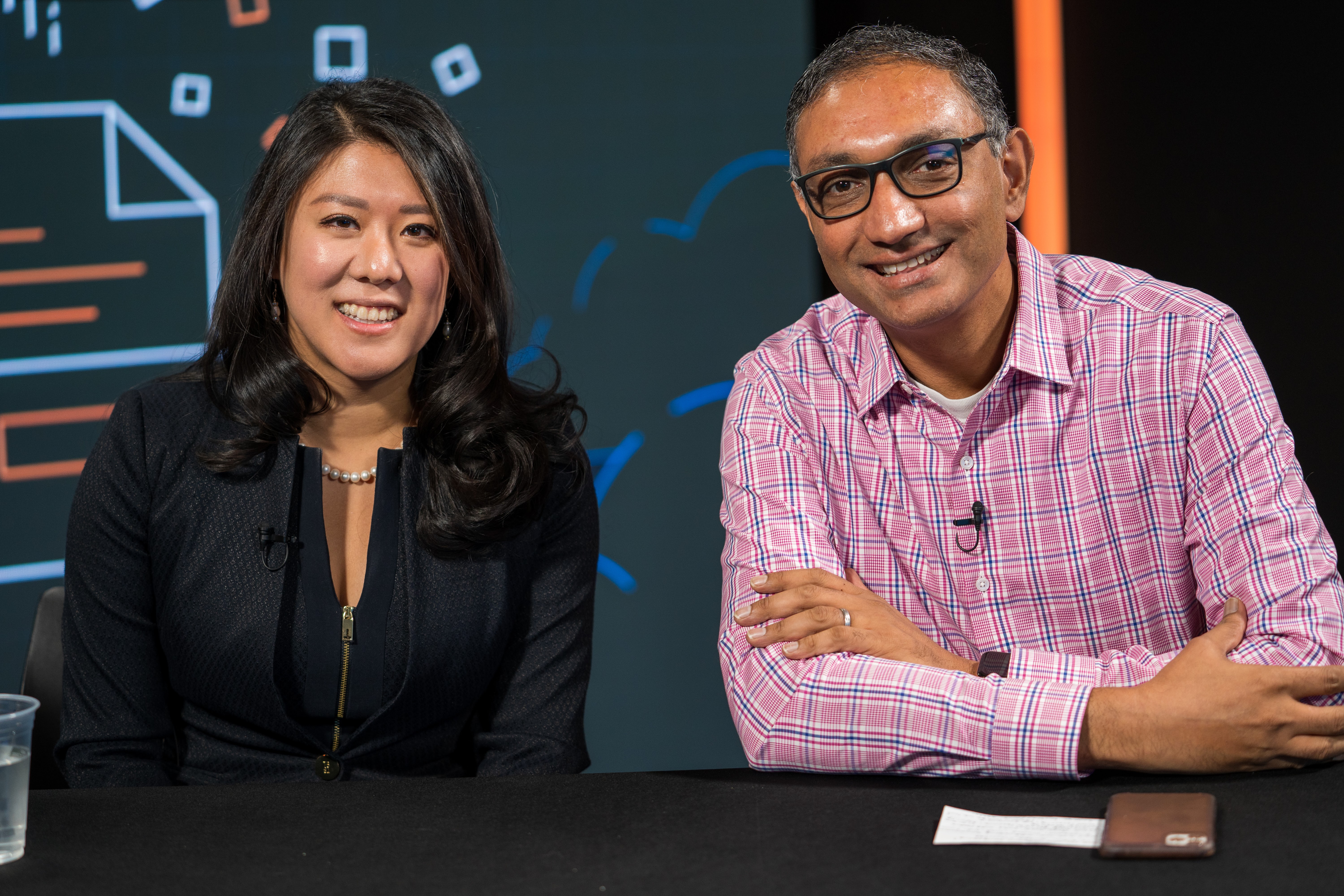 SECURITY
SECURITY
 SECURITY
SECURITY
 SECURITY
SECURITY
With great data comes great risk of data interception and security breaches, potentially costing companies millions in damages and various privacy lawsuits.
The estimated GDP cost of cybercrime reached $1 trillion in 2018, calling many business owners to action in deploying the best possible cyber defenses their budget can afford. Enterprise IT leaders understand the importance of good cybersecurity more than anyone, and Amazon Web Services Inc. is striving to offer these leaders peace of mind with various security features in the AWS cloud that prevent potential attacks, as well as offer quick and reliable backups and data restoration.
According to research from Cybersecurity Ventures, businesses can expect businesses ransomware attack every 11 seconds.
“Customers largely think of not only ransomware protection, but also recovery. They have largely allocated budgets across every geography to make sure that they’re well protected,” said Satish Lakshmanan, managing director of storage business development at AWS.
Lakshmanan and Nancy Wang (pictured, left), general manager of AWS Backup and data protection services at AWS, spoke with Dave Vellante, host of theCUBE, SiliconANGLE Media’s livestreaming studio, during the AWS Storage Day event. They discussed cybersecurity threats cloud users encounter, AWS Backup, enhancements being made to increase AWS security and more. (* Disclosure below.)
Ransomware is one of the biggest cybersecurity threats IT leaders see, with the potential to affect any employee. Wang outlined a few steps AWS takes to reduce the chances of a ransomware attack — tactics employable by anyone looking to prevent potential ransomware attacks.
“Ransomware recovery and protection isn’t just the role of IT professionals like us,” Wang said. “It’s important to also include HR, professional, legal professionals or anyone in a business who might come and be compromised by a ransomware attack, and make sure that they’re involved in your response.”
Lakshmanan also shared critical advice on recovering from ransomware attacks using security layers. The first layer is through identity access management constructs.
“So building a trust radius around your workloads, around your applications, whereby you can deny permissions or access permissions to individuals who are not authorized to access your mission-critical applications,” he said.
The second layer should be automatic monitoring and observability, and the third line of defense — should someone penetrate the previous two layers — is using backups to restore any lost or ransomed data.
Watch the complete video interview below, and be sure to check out more of SiliconANGLE’s and theCUBE’s coverage of the AWS Storage Day event. (* Disclosure: TheCUBE is a paid media partner for the AWS Storage Day. Neither Amazon Web Services Inc., the sponsor of theCUBE’s event coverage, nor other sponsors have editorial control over content on theCUBE or SiliconANGLE.)
THANK YOU